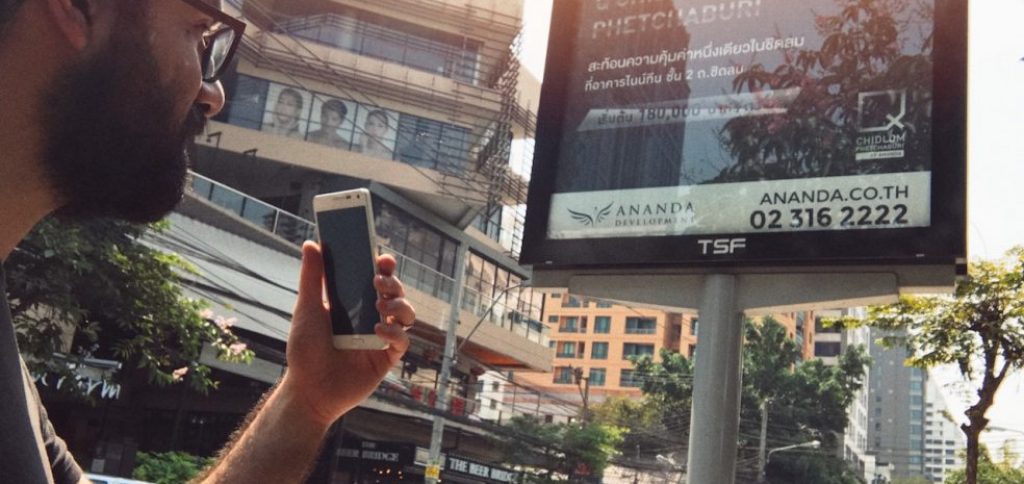Neuromarketing: Advertising that gets into your head

Shopping centers are to a large extent designed to animate customers to make purchases—ideally without them even realizing it. Nothing is left to chance: lighting, music and product placement. When it comes to packaging design, the beverage industry intentionally tries to trigger positive emotions: The buzzword here is neuromarketing.
Findings from brain research and psychology are being put to use for marketing purposes. MRI scanners are used to study how test subjects’ brains react to logos, brand names, faces and products. At the same time, neuroscientists are identifying which portions of the brain react and when. Their primary focus is on so-called reward centers because their activity triggers feelings of desire and happiness. Other areas that are relevant to neuromarketing include memory-oriented brain processes and the “control system,” which can prevent overly impulsive (buying) behavior.
It’s a known fact: discounts improve sales. The examination using the MRI scanner shows how. Advertisements for discounts reduce the supply of blood to a control region of the brain, causing it to be less active. The reward system kicks in to counter that effect. Additional testing has shown that we remember faces longer than logos when the portion of the brain that reacts to memory is activated.
Essential facts about consumer behavior for marketing
One can imagine that this information would be a gold mine for marketing. However, in a 2016 marketing study about the beverage industry in Switzerland, the Enigma communications agency clearly states that the beverage industry’s brands “make very little use” of neuromarketing. According to the Central Association of the German Advertising Industry (ZAW), approximately 30 billion euros is invested in the advertising industry each year. Even so, many of its products are not big sellers. So what marketing specialists need are the right facts about consumer behavior. That is where market research has its weaknesses: The information does not always need to be true and, above all, it cannot depict unconscious processes like a brain scan does.
Using triggers to evoke positive emotions
Even without special knowledge in neuromarketing, it is clear that a product that does not trigger positive emotions at the point of sale can easily end up being an economic disaster. Appropriate packaging designs play a role in the purchase decision. Focusing on corresponding triggers such as passion, trust, prestige or innovation to influence unconscious purchase decisions seems interesting. An analysis of the use of neuromarketing triggers in local advertising in Bangkok that was conducted by Enigma produced the following results, which definitely apply in general: On the one hand, all advertising should include two triggers—a primary and a secondary one—to avoid monotony and to get the target group excited. On the other, using the trigger “trust” is clearly not recommended: That is because you cannot credibly promise trust; you can only experience it.
Of course, neuromarketing findings will not turn a consumer into a controllable consumption machine. After all, the processes in the brain that are involved when making a purchase decision are extremely complex. However, the targeted use of those findings may at least increase consumers’ willingness to buy. Which is reason enough for marketing specialists to look into them. Everything at drinktec is about the future of beverage marketing and about new avenues in consumer behavior. Marketing decision-makers will find the perfect combination of an exhibition, special shows and a supporting program in the fair’s exhibition sector for innovative beverage marketing. In addition, the Innovation Flow Lounge is a special meeting place for marketing experts in the beverage and liquid food industry.
